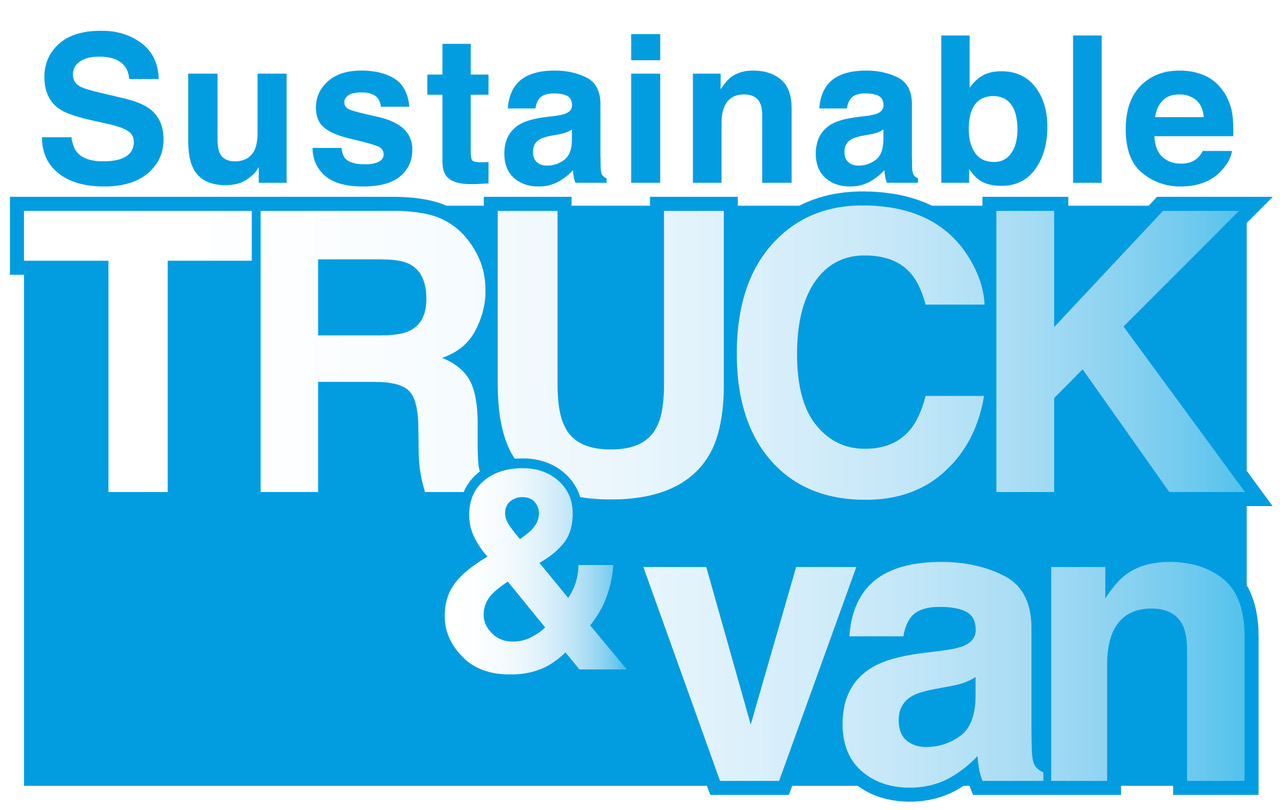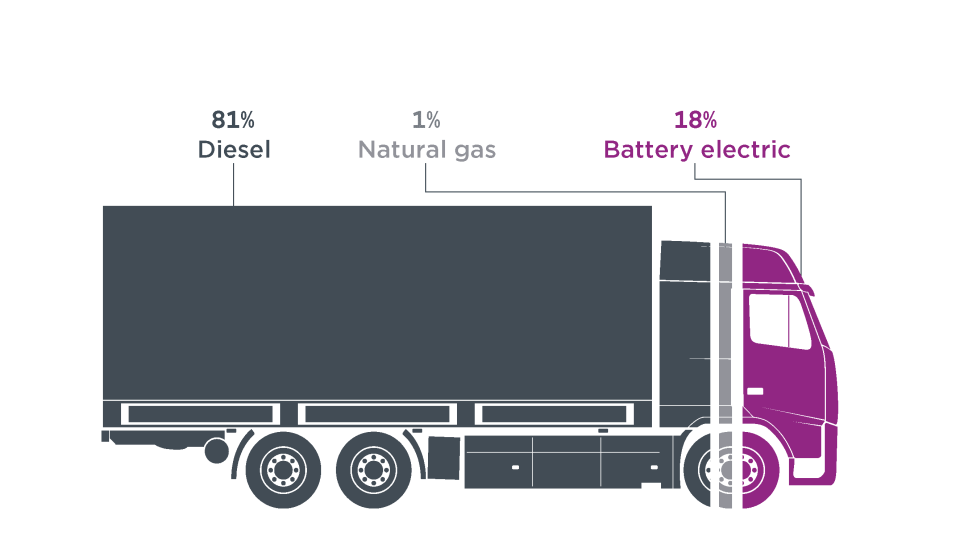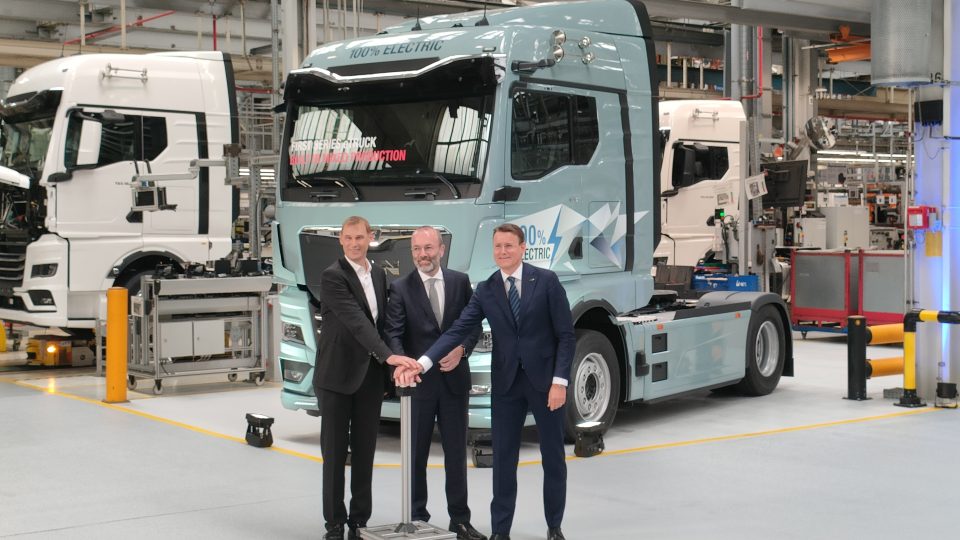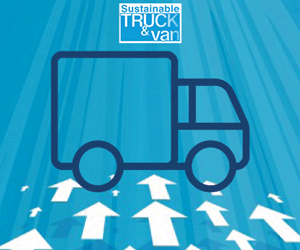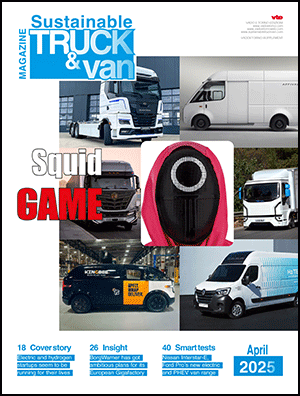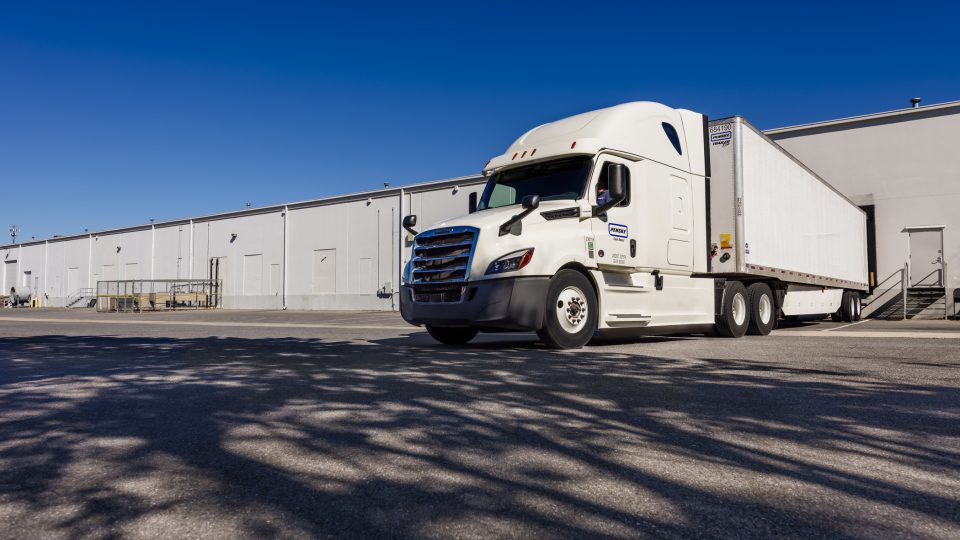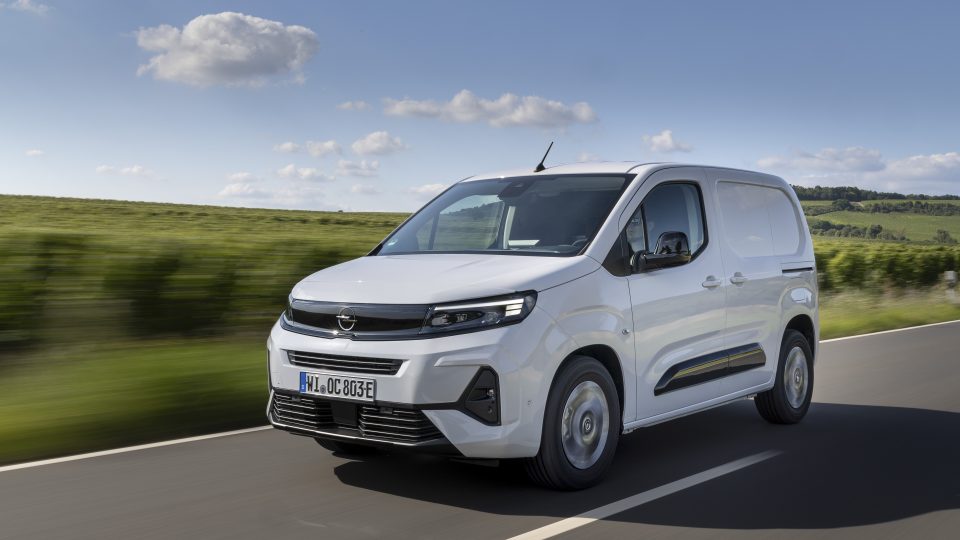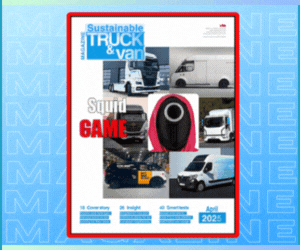Emissions reduction, the EU Parliament ensures car and van manufacturers more time to comply with their obligations
The proposed change offers manufacturers the possibility to comply with their obligations for the years 2025, 2026 and 2027 by averaging their performance over the three-year period, rather than each individual year. This approach would allow them to balance any excess annual emissions by outperforming the target in subsequent year(s).
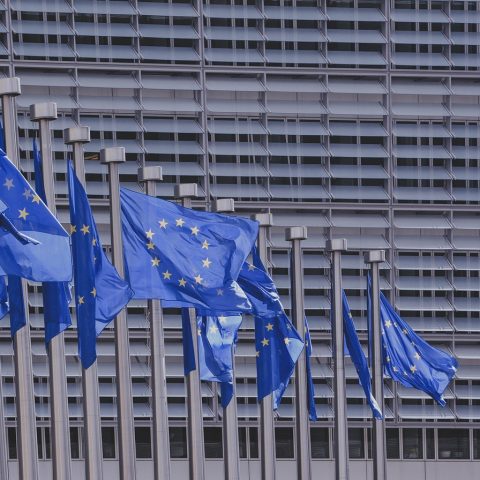
With 458 votes for, 101 against and 14 abstentions, the EU Parliament supported the Commission’s proposal to support Europe’s automotive sector, which is experiencing the impact of rapid technological changes and increasing competition. The proposed change offers manufacturers the possibility to comply with their obligations for the years 2025, 2026 and 2027 by averaging their performance over the three-year period, rather than each individual year. This approach would allow them to balance any excess annual emissions by outperforming the target in subsequent year(s).
Emissions reduction roadmap in the EU
The current rules set annual targets, covering five-year periods, for reducing average CO2 emissions from new cars and vans across the EU fleet. From 2025, an annual CO2 emission reduction target of 15% compared to 2021 values will be in application for the 2025-2029 period. To speed up its adoption, Parliament agreed on Tuesday to deal with the file under its urgent procedure. To enter into force, the draft law now requires formal approval by the Council, which endorsed the same text on 7 May 2025.
The proposal is part of the Commission’s industrial action plan for the European automotive sector, announced on 5 March 2025. It followed the strategic dialogue on the future of the automotive industry launched by Commission President Ursula von der Leyen on 30 January 2025, which involved an open public consultation and discussions with industry and stakeholders to address the most pressing challenges facing the sector.
The statement from ACEA
Among the first to comment the news was ACEA, with Director General Sigrid de Vries stating: “The introduction of a three-year averaging mechanism is a step in the right direction that acknowledges the complexities and the ongoing difficulties of the automotive market, with slow market uptake and a lack of domestic value chain for batteries. While this provides some necessary flexibility for manufacturers in the short term, we need a long-term decarbonisation strategy including more charging stations, purchase and tax incentives, fairer energy prices while keeping the industry a competitive powerhouse and securing the EU’s strategic autonomy on critical technologies. We look forward to discussing this during the next Strategic Dialogue with the European Commission.”
